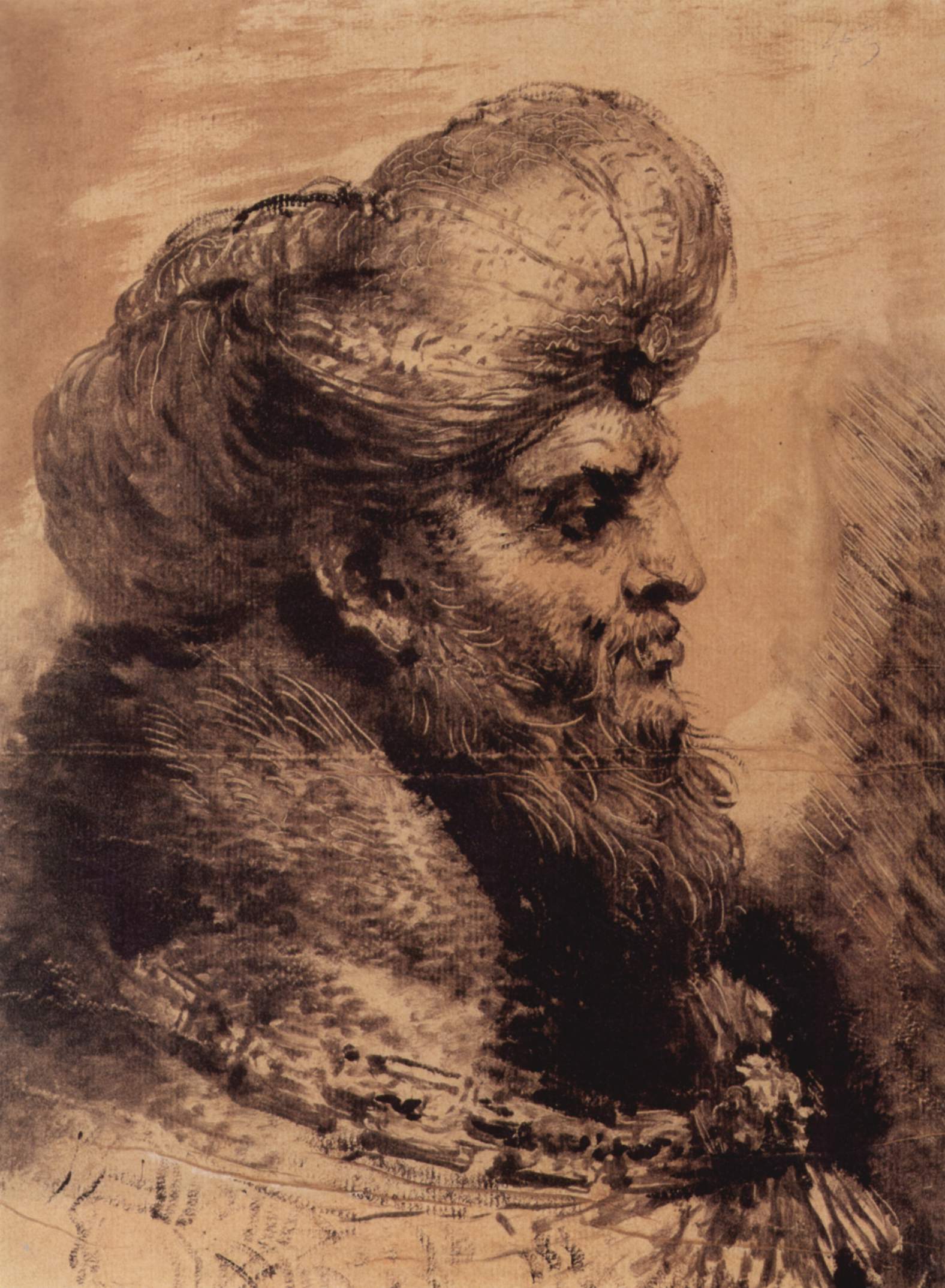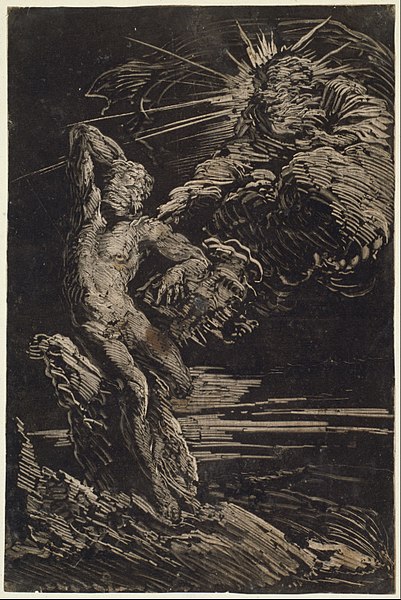Rembrandt’s was a key inspiration for:
- Project 1.1 Rural landscape and Assignment 3 Willows
- Project 1.2 Urban landscapes etchings and drypoint
- Assignment 3 Chiaroscuro
- Project 4.2 Self Portraits
Sources and references
- Bikker, J. and G. J. M. Weber (2015). Rembrandt: The Late Works. London: National Gallery.
- Royalton-Kisch, M. (2006). Rembrandt as Printmaker. London: Hayward Gallery Touring.
Goldmark exhibition (has a loupe to see the detail of markmaking)
CD of Rembrandt etchings purchased from Rembrandthuis.
https://www.rembrandthuis.nl/en/rembrandt-2/collection/etchings/
Rembrandt as printmaker
Rembrandt (1606-1669) was a Dutch painter, draughtsman and printmaker. His works cover a wide range of style and subject matter, from portraits and self-portraits to landscapes, genre scenes, allegorical and historical scenes, biblical and mythological themes as well as animal studies.
Rembrandt’s fame while he lived was greater as an etcher than as a painter (he did no engravings or woodcuts). He experimented with different etching and drypoint techniques. He used different mark-making tools to create different types of line – in contrast to the much more mechanical engraving techniques. Rembrandt sometimes employed even the V-shaped engraver’s burin in his etchings, combining it with the fine etching needle and thicker dry point needle, as in the work opposite, for richer pictorial effects.
Landscape

Rembrandt’s landscape etchings and drypoints are in the classic Dutch ink and watercolour tradition with broody skies over low horizon and dark, cold foreground.
Portrait prints
He makes the subjects look alive through the way he uses tone to draw the eye to visual features.


Chiaroscuro
He also experimented with different inking variations for chiaroscuro, producing very different interpretations of the same plate. Etching allows a lot of correction and burnishing to change the image. In some instances his etching were explorations of light and shade that he then transferred into his paintings.

Technique
Detailed discussion of Rembrandt’s techniques and the background to his etchings.
Portrait paintings
‘Warts and all’
Rembrandt’s self portraits









